Plantain Control - How To Eliminate The Weed Plantain From Your Lawn
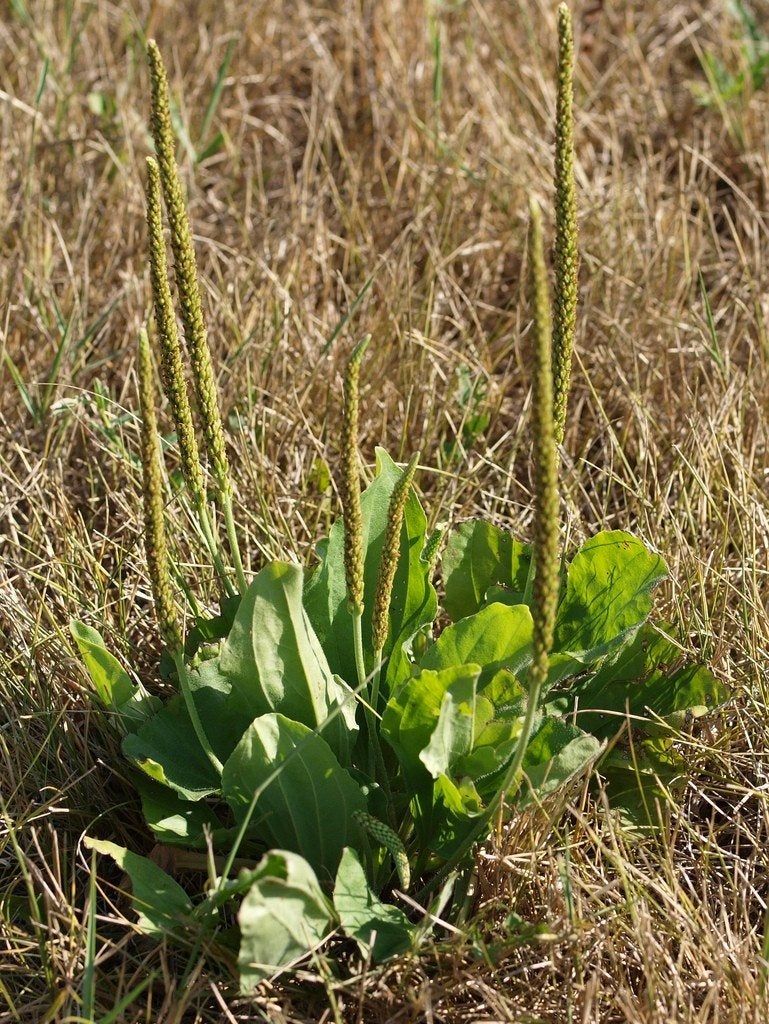

Plantains are unsightly lawn weeds that thrive in compacted soil and neglected lawns. Plantain weed treatment consists of diligently digging out the plants as they appear and treating the plants with herbicides. Since weed plantain thrives in poorly established lawns, the best prevention is a healthy lawn. Keep reading to learn more about plantain control.
Broadleaf and Narrow Leaf Plantains
The two types of plantains that are commonly found in lawns are broadleaf plantain (Plantago major) and narrow-leaf, or buckhorn plant (P. lanceolata). These two perennial weeds are easily differentiated by their leaves. Broadleaf plantains have smooth, oval leaves while buckhorn plantain has ribbed, lance-shaped leaves. Both types are found throughout the U.S. where they thrive in compacted soil.
Preventing Plantain Lawn Weeds
The best way to prevent plantains in the lawn is to keep the soil aerated and healthy. Aerate compacted soil and follow a regular schedule of fertilization at least twice a year. Water the lawn deeply when there is less than an inch (2.5 cm.) of rainfall in a week. A healthy lawn crowds out plantains, but the plantains crowd out the grass when the lawn is in poor condition. Plantain weeds also contaminate mowers and other equipment used on the lawn. Clean your equipment thoroughly before using it again to prevent the spread of planting lawn weeds.
Plantain Weed Treatment
Plantain control can be achieved by pulling or digging the plants as they emerge when the infested area is small. This is easiest in sandy soil or soil that has been softened by rain or irrigation. You may have to dig and pull the plants in the area several times before achieving complete control. The weeds must be removed before they have a chance to produce seeds. When large numbers of the weeds are present, plantain lawn weeds are best controlled with herbicides. Choose a post-emergent herbicide labeled for plantain control. Post-emergent herbicides are most effective against plantains in fall when the plants are moving carbohydrates to the roots for winter storage. You can also apply the herbicides in spring. Carefully follow the label instructions regarding mixing, timing, and application procedures. Avoid spraying when temperatures are above 85 degrees F. (29 C.) and on windy days. Store any unused portions of the herbicide in the original container and out of reach of children.
Gardening tips, videos, info and more delivered right to your inbox!
Sign up for the Gardening Know How newsletter today and receive a free download of our DIY eBook "Bring Your Garden Indoors: 13 DIY Projects For Fall And Winter".

Jackie Carroll has written over 500 articles for Gardening Know How on a wide range of topics.
-
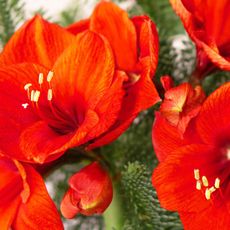 Warm Up Your Winter With Indoor Reds! 8 Red Amaryllis Varieties For Sizzling Seasonal Interest
Warm Up Your Winter With Indoor Reds! 8 Red Amaryllis Varieties For Sizzling Seasonal InterestWell loved as a bold decorative holiday bloomer, the red amaryllis is a hot favorite for winter displays. These red amaryllis varieties are guaranteed to fire up the season
By Tonya Barnett
-
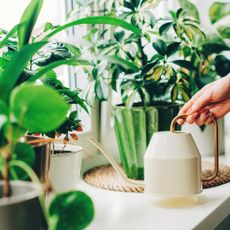 Should You Fertilize Houseplants In Winter? Expert Says Light Levels Are Key
Should You Fertilize Houseplants In Winter? Expert Says Light Levels Are KeyWondering if your houseplants need feeding this winter? An expert horticulturist reveals why light levels make all the difference. Find out how to get it right.
By Melanie Griffiths
-
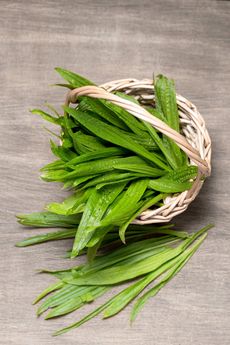 Cooking Plantain Weeds – Is Common Plantain Edible
Cooking Plantain Weeds – Is Common Plantain EdiblePlantago is a group of weeds that grow prolifically all over the world. In the U.S., common plantain, or Plantago major, is in nearly everyone’s yard and garden. The weed can be a challenge to control, but it is a weed you may want to consider harvesting. Learn more here.
By Mary Ellen Ellis
-
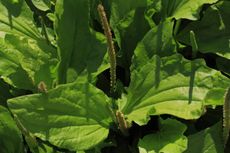 What Are Plantain Herb Benefits: Learn About The Cultivation Of Plantain
What Are Plantain Herb Benefits: Learn About The Cultivation Of PlantainWhen it comes to plantain, we often think of banana plantain, also known as cooking plantain. However, plantain herb is a completely different plant often used for its many medicinal qualities. Learn about plantain herb benefits and cultivation here.
By Mary H. Dyer